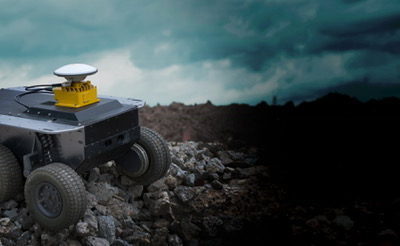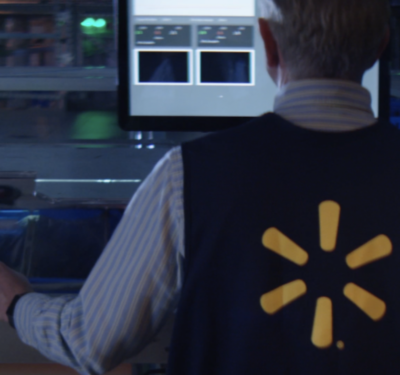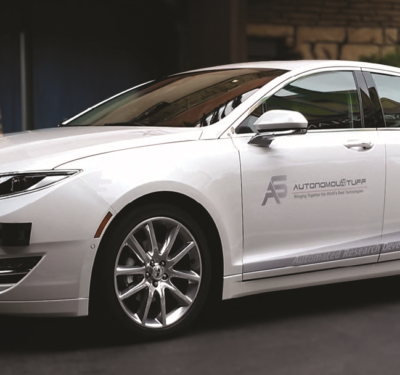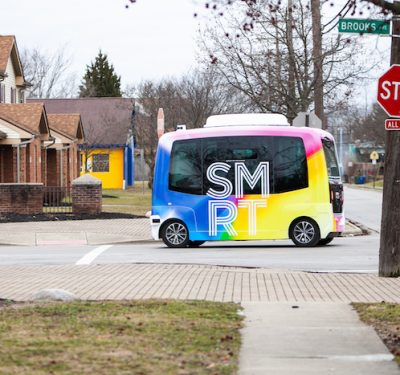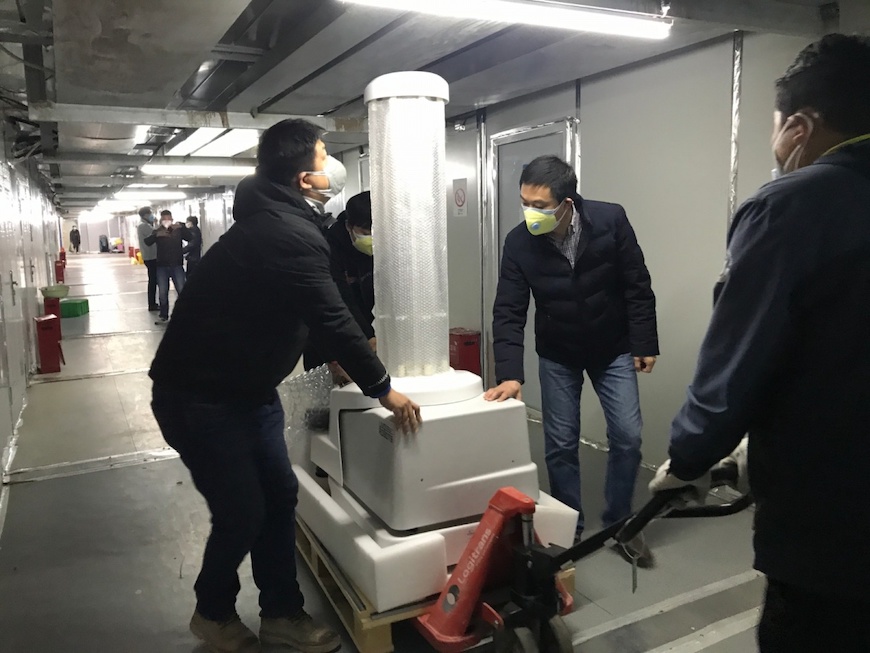
Photo courtesy UVD Robot.
A self-directing robot capable of disinfecting a hospital room in 10 to 15 minutes is being deployed around the world to help fight the coronavirus.
Ultraviolet (UV) light has been used to kill pathogens for years, but the development of the robot has made its use more practical, especially given the current stresses on medical facilities. Since humans can’t be in the room while the light is on, hospital staff would have to place a UV device in a room, leave, and let it run its cycle.
They would then need to go back into the room and reposition the device so that it bathed more surfaces with the virus-killing light. The time consuming repositioning poses a particular problem at a time when patients are waiting for beds in hospital corridors.
The UVD Robot by UVD Robots ApS of Denmark uses LiDAR and cameras to move through a series of pre-mapped stops in a room, bathing its surfaces with UV light. By shifting position, the units can cast light in areas that would normally be in shadow and therefore untreated. Reflections of the light in the room even take the beams to normally hidden spaces like behind the toilet, said Brian Coffey, UVD’s director of sales for North and South America.
A case study at a hospital in the United Kingdom demonstrated that a surgical suite of 17 rooms and corridors could be disinfected in two hours — something that would normally take a weekend and far more staff to do. The system can also be set up to run automatically and has motion sensors to prevent accidents should staff enter a room.
The movement also gets the device closer to surfaces and therefore bathes them in more intense light to greater effect. The system uses UV-C light, which runs from 100 nanometers (nm) to 280 nm. “Independent accredited third party testing in both the UK and in Denmark proves the UVD Robot reduces microorganisms by as much as 99.99999 percent,” the firm said in a brochure.
“Although studies have not been undertaken against the new coronavirus Covid-19 strain,” said Val Edwards-Jones, emeritus professor of medical microbiology at Manchester Metropolitan University, “UVC in general has a proven efficacy against MERS CoV and MHV-A59 (coronavirus mouse hepatitis virus), showing over 6 log reductions in viral particles within 30 minutes.”
The robot was developed by Blue Ocean Robotics and Odense University Hospital OUH in partnership with other hospitals in Denmark and spun off into UVD Robotics, which was founded in 2016. The robots are now being distributed in 40 countries and were deployed to the Wuhan Thunder God Mountain Hospital in Wuhan, China in February, followed by deployments to Italy. The company is working hard to meet demand, focusing on serving coronavirus hotspots first.
UVD Robots is ramping up its U.S. distribution network and signing up more distributors.
The capabilities and speed of the units have captured the attention of companies outside of the healthcare industry. UVD has received inquires from prisons, museums, schools, airports and hotel chains. Coffey said they are now developing a new model that should be out early next year.
“We’re making it smaller,” Coffey told Inside Unmanned Systems, small enough to do jobs like disinfect an airplane. UVD has also developed a system that will enable one person to operate up to 10 units using a tablet. You don’t need a larger device to cover large areas, he said, you only need more units.
Photo courtesy of UVD Robot.


